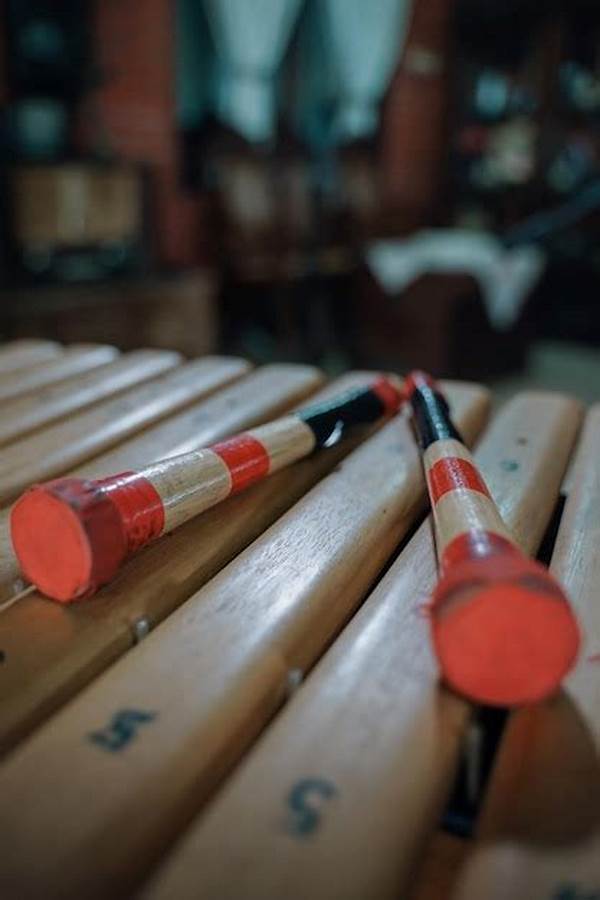Have you ever wondered about the hidden treasures of sound nestled within the vibrant island of Sulawesi? Imagine the melodic breezes that drift from the traditional wind instruments of this enchanting region—an auditory journey that promises a unique and culturally rich experience. As you peruse this article, we invite you to uncover the captivating allure of these ancient instruments, steeped in history and local myth.
Read More : Affordable Musical Instruments For Small Spaces
In Sulawesi, music isn’t just sound; it’s an age-old narrative, a pulsing heart that thrives within the island’s communities. Intrigued already? Get ready to let your curiosity soar as we delve into the fascinating world of Sulawesi’s traditional wind instruments. Whether you’re a global traveler or a culture enthusiast, understanding these instruments provides insight into the soulful expressions of Sulawesi’s diverse ethnic groups.
Exploring the Traditional Wind Instruments of Sulawesi
The Diverse Soundscapes of Sulawesi
Sulawesi, known for its rugged terrains and vibrant ecosystems, is home to a variety of traditional instruments that reflect its diverse cultural tapestry. Among these, wind instruments hold a special place, offering not only musical creativity but also a channel for storytelling and cultural preservation. From the soft whispers of the suling to the vibrant calls of the klarinet Suku Toraja, these instruments are integral to the cultural ceremonies and everyday life of the Sulawesi people.
The suling, a bamboo flute renowned for its sweet and gentle tones, exemplifies Sulawesi’s deep connection to nature. Its melodies often accompany local dances and ceremonies, creating an auditory landscape that mirrors the island’s natural beauty. Crafted with precision, each suling tells a story of its own, imbued with the spirit of its maker.
Instruments with a Cultural Backbone
Wind instruments in Sulawesi aren’t mere tools of music; they are vessels of tradition. The noboi and floit, for example, play crucial roles in narrating ancestral tales and myths, acting as a bridge between the past and present. Skilled artisans, often descendants of long lines of craftsmen, pour their heritage and technical prowess into each creation, ensuring these instruments remain as authentic and resonant as their origins.
Modern Influence on Traditional Instruments
The winds of change have brought modern influences to Sulawesi, but the island’s commitment to its musical heritage remains unshaken. While some musicians experiment with fusions of traditional and contemporary sounds, the essence of the instruments remains deeply rooted in tradition. This blend of old and new forms a dynamic auditory canvas, attracting both preservationists and innovators.
The Craftsmanship and Purpose Behind Sulawesi’s Instruments
Crafting Techniques and Cultural Significance
Creating traditional wind instruments from Sulawesi involves meticulous craftsmanship that reflects the artisan’s connection to their craft:
Cultural Ceremonies and Storytelling
Sulawesi’s wind instruments play pivotal roles in various cultural events:
Tales Woven in the Wind
Every note played on these instruments carries with it tales from ancient times, nurturing community bonds and passing down cherished cultural narratives. These tools of expression have become symbols of identity and custodians of intangible heritage, ensuring that Sulawesi’s unique voice continues to resonate across generations.
Key Points and Essence of Traditional Wind Instruments
Celebrating Diversity Through Sound
Sulawesi’s traditional wind instruments are emblematic of the island’s rich cultural diversity and legacy:
Read More : Musical Instrument That Became The National Symbol Of Cultural Identity
Interviews with Local Musicians
Conversations with local artisans reveal a passion for preservation blended with a desire for innovation:
The Call of Sulawesi’s Winds
For those seeking an authentic cultural experience, exploring these wind instruments offers a glimpse into the soul of Sulawesi. Visitors and enthusiasts are urged to engage with the local communities, learn about the instrument craftsmanship, and perhaps take home a piece of this enchanting culture.
Summarizing the Musical Voyage of Sulawesi
Sulawesi, with its verdant landscapes and rich traditions, is a melodious land that beckons music lovers and cultural explorers alike. The traditional wind instruments of this Indonesian island are not only musical treasures but also cultural storytellers that echo with the voices of ancestors.
Understanding the Musical Tradition
Through these instruments, one gains a profound appreciation of the island’s history and cultural practices, intricately linked with its natural environment. Each instrument offers a window into the lives of those who call Sulawesi home, promising a journey that’s both educational and soul-enriching.
The Role of Music in Community Bonding
Music, particularly from these traditional instruments, plays a crucial role in community building within Sulawesi. It provides a communal language that unites various ethnicities in harmony, fostering an environment of mutual respect and cultural exchange.
An Invitation to Experience Sulawesi’s Sound
In an era where cultural preservation is more critical than ever, the wind instruments of Sulawesi remind us of the beauty of diversity and the power of music as a universal language. As we listen to these enchanting sounds, we’re invited not just to hear but also to feel and understand the deep connections these instruments cultivate.
Final Thoughts and Call to Action
If you ever find yourself wandering the diverse landscapes of Sulawesi, take a moment to immerse in its musical richness. By participating in a local music event, engaging in a workshop, or supporting artisans, each of us can contribute to the preservation and celebration of this unique cultural heritage. Explore, engage, and let the winds of Sulawesi whisper their timeless tales into your heart.
